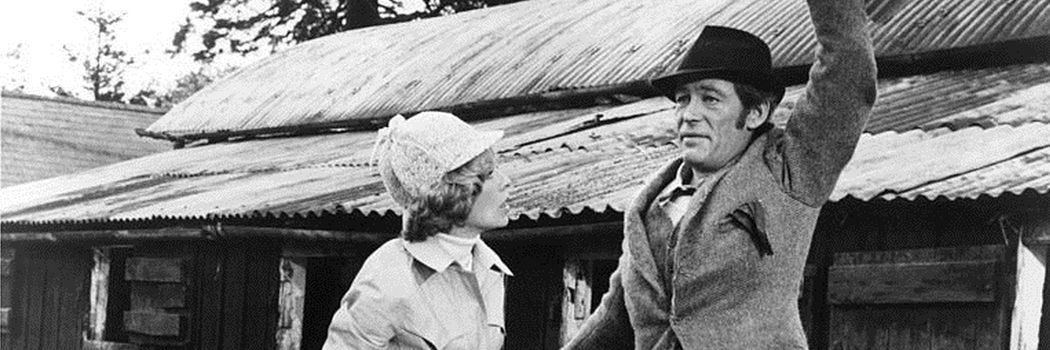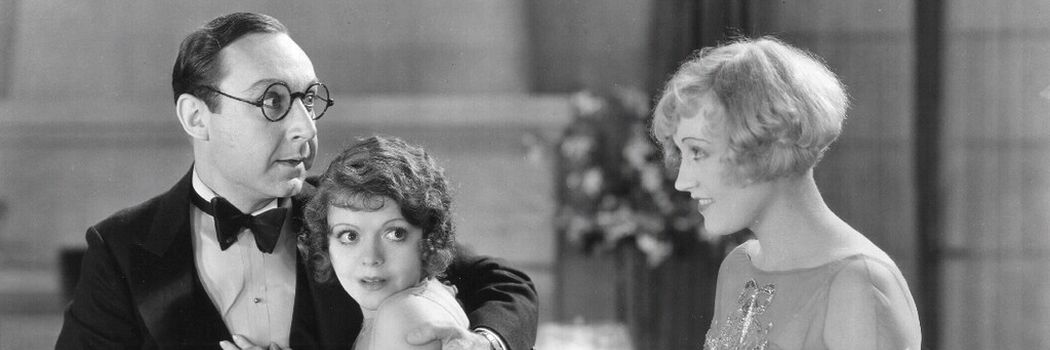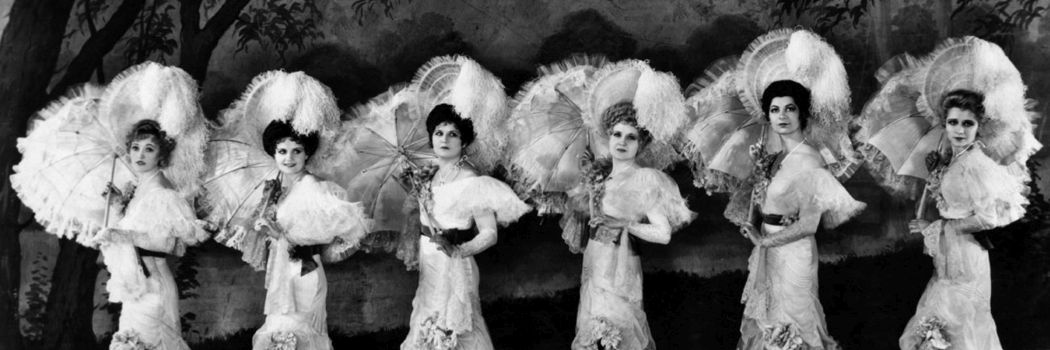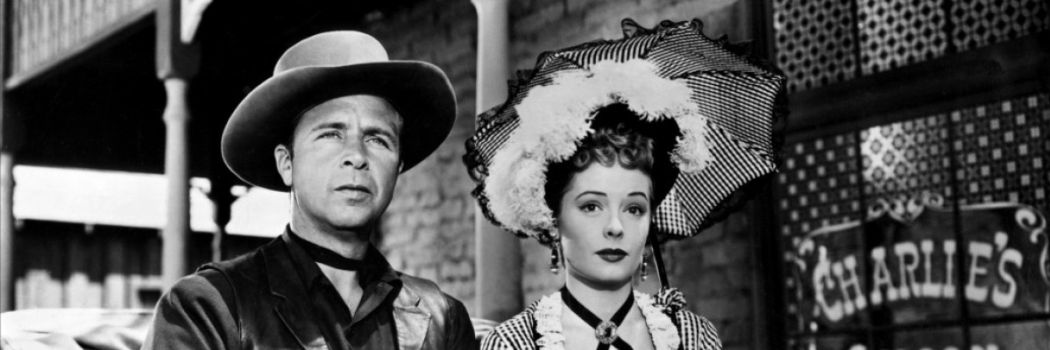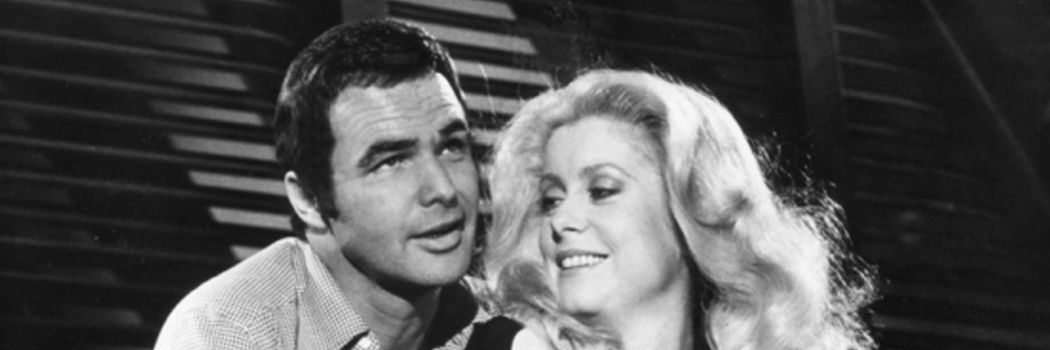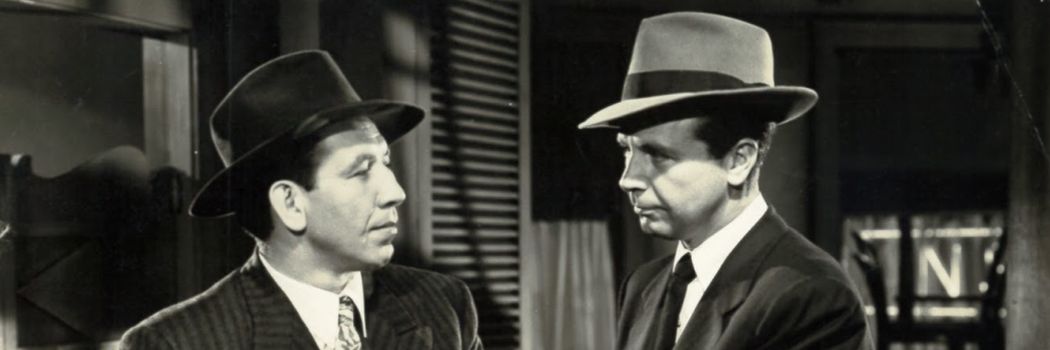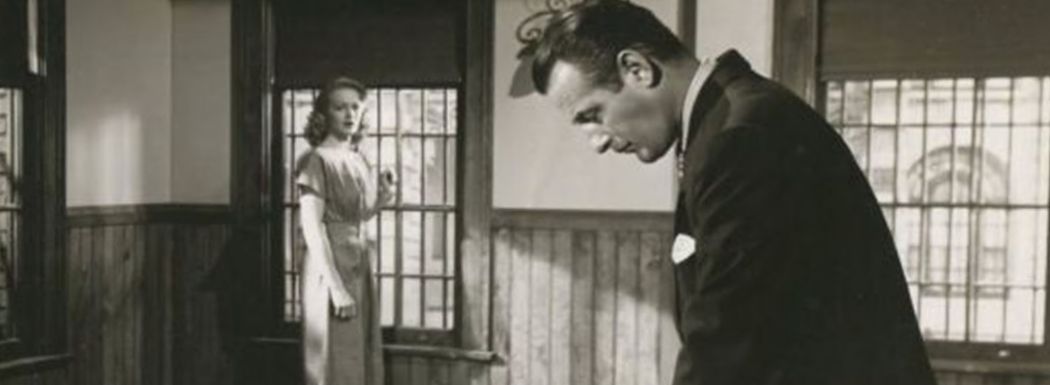Brotherly Love (Country Dance, 1970)
Brotherly Love has been saddled with the label “tragicomedy” for decades, though there is very little outright comedy here, just wry observations and O’Toole waving his arms about more than usual. Essentially, York and O’Toole both give fine performances while both seemingly failing to understand the humor in all of this. Though the screenplay was written by Kennaway, it feels like an inferior adaptation, and O’Toole’s role feels like a rehearsal for The Ruling Class (1972).

